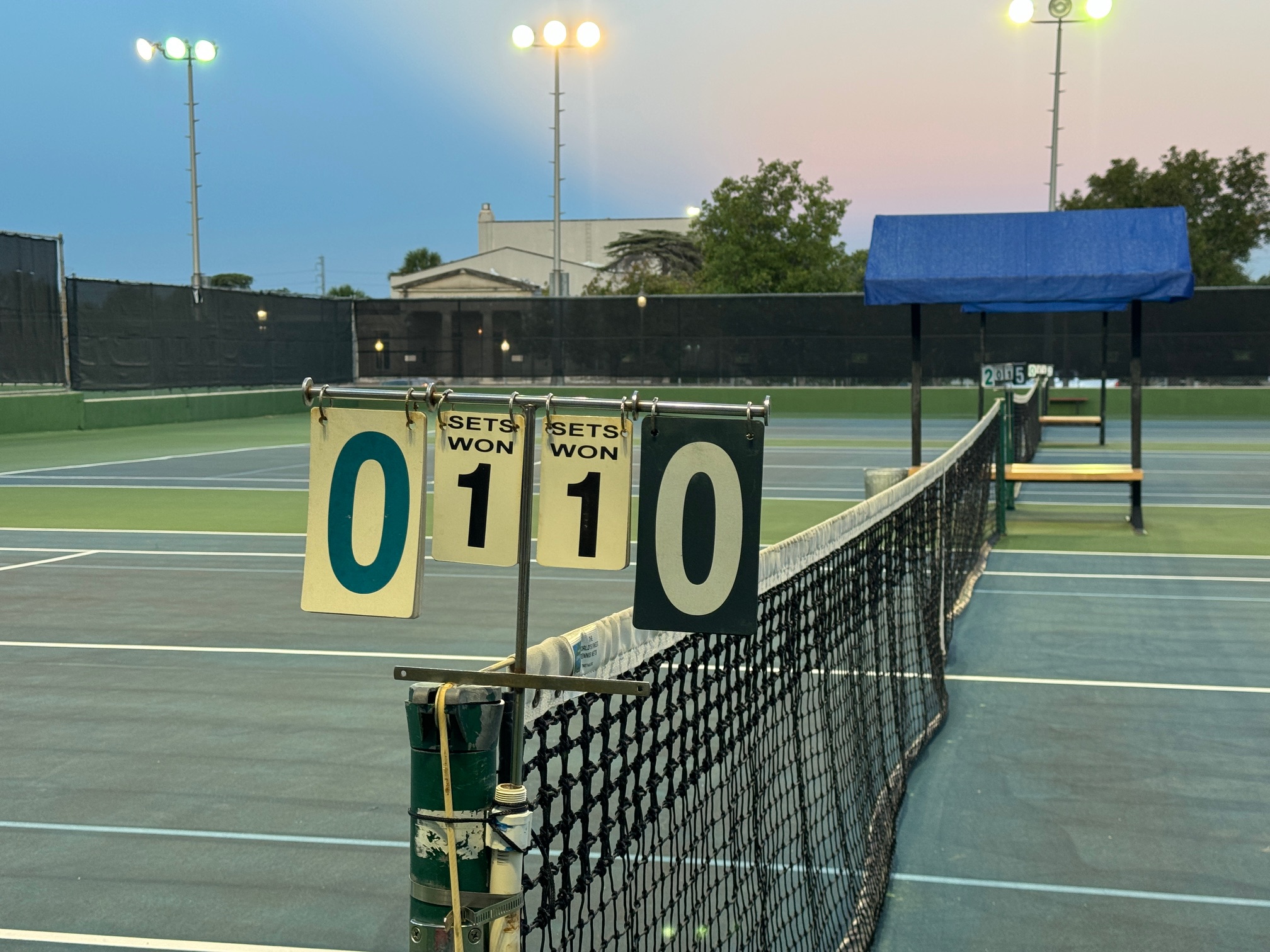Last weekend, I witnessed an interesting rules situation at the 18+ NTRP National Doubles Championships. It is always interesting to come across real scenarios where a deep exegesis of the Rules of Tennis is required.
To set up the situation, a player who was receiving the ball in a doubles match called a let on a serve and caught it. The roving official that was courtside overruled the let call. This situation was treated similarly to an overruled line call. The consequence was the loss of the point. When you think about it, that is the only logical outcome. A player cannot be rewarded for making a phantom let call by subsequently getting to replay the point as a let anyway.
Since this episode occurred at the NTRP National Championships, it was a high-stakes situation in a short-set match. The team that made the overruled let call was livid. I am pretty sure that a formal grievance will be filed.
The ITF Rules of Tennis are silent on whether a Roving Umpire may overrule a service let. No USTA Comments in the 2023 Friend at Court are applicable to that situation either. In fact, the only place in the rules that address who may call a let is one of the Principles within “The Code.” However, that section only covers the players rather than the officials.
Service let calls. Any player may call a service let. The call must be made before the return of serve goes out of play or is hit by the server or the server’s partner. If the serve is an apparent or near ace, any let must be called promptly.
USTA Friend at Court, The Code, Principle 27
On the surface, this would appear to uphold the assertion by the receiving team that they were entitled to call a let. However, you also have to philosophically consider other calls that the players on the court are entitled to or responsible for making. A few examples include line calls, “not up” double bounces, if their racquet touched the net, or if a player tipped a ball before their partner played it. If it is obvious, any of those calls can be made or overruled by a Roving Umpire.
The USTA Officiating Techniques and Procedures is silent on the Roving Umpire’s duties on service lets. However, that document outlines the responsibilities regarding line calls that also philosophically apply to overruling service lets.
Overrule a player’s line call only when in direct observation of that one court
USTA Officiating Techniques and Procedures, Roving Umpire Procedures, 2.g
i . When a Roving Umpire overrules a player’s out call, that player loses the point .
ii . The Roving Umpire may not overrule as a result of a player appeal .
iii . Overrules – A Roving Umpire should never overrule an extremely close ball .
The Roving Umpire directly observed the court where the disputed let call occurred. Additionally, the official overruled the call immediately and was not prompted by a player appeal. So the only salient question remaining is whether the service was “extremely close” to clipping the net. That is a judgment call and one that the tournament referee cannot overrule or change.
As I mentioned in the opening paragraph, I was watching the match. It involved two of the stronger teams assigned to another Round Robin pool in my division. (It is never too early to start scouting opponents for the Championship rounds.) From my courtside position, it looked like the serve cleared the net by a considerable margin.
I have no idea what prompted the receiving player to think that it was a let. For what it’s worth, I think that it was probably more of a “brain fart” than malicious intent. However, once the let was called and overruled, the loss of the point was the only recourse. It may seem harsh, but it is also unfair to make the other team try to put another service in play in that high-stress and high-stakes situation.
The Intercollegiate Tennis Association has eliminated all service lets from competition for all divisions and genders. Ironically, the original Fast4 rules published by the USTA for the inaugural NTRP National Championships also eliminated service lets. However, that variation was quickly retracted by the USTA. If that rule had been in place, then this whole controversy would not have occurred.
As much as it pains me to say this, perhaps it is time to consider eliminating the service let from all of tennis. This may be the only Fast4 Rule innovation that I ever fully embrace.
- Friend at Court: The Handbook of Tennis Rules and Regulations, USTA, 2023
- USTA Officiating Techniques and Procedures, USTA Publication, undated.




I can’t recall the last time I had a questionable let call in a match (this comment will surely jinx me). The more common issue is an out serve (or at least the server thinks is out) being returned and the server being caught flatfooted. I believe playing lets would introduce another element of luck to tennis that is detrimental to its competitive nature. The unexpected outcomes caused by rally balls hitting net cords and balls landing on the lines of clay courts provide plenty of luck to the sport.